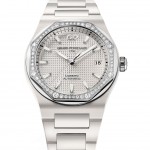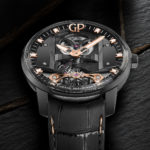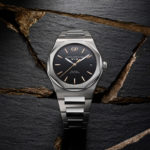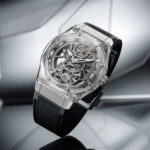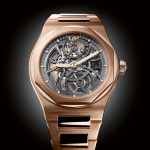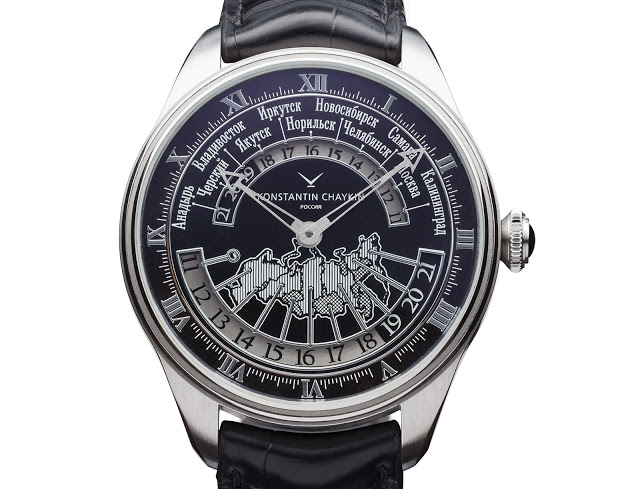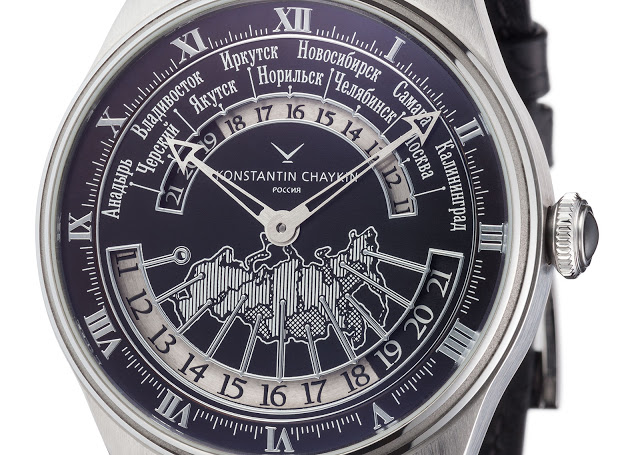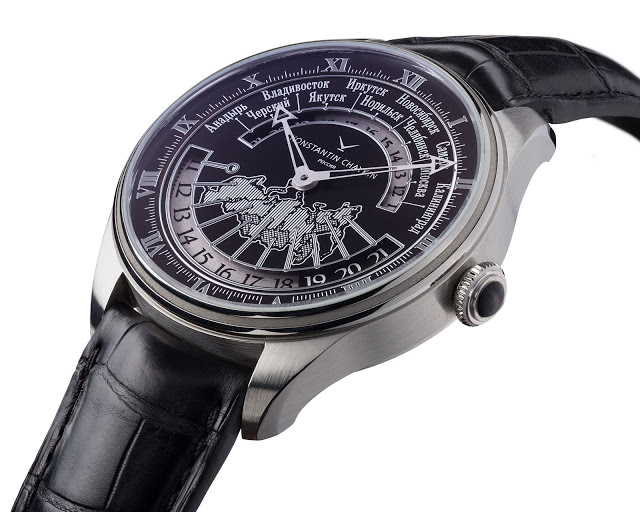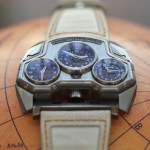Girard-Perregaux Introduces its 1966 Gentleman’s Wristwatch in Affordable Stainless Steel (with Pricing)
Available in steel for the first time, the Girard-Perregaux 1966 automatic is the brand's most affordable wristwatch, but still equipped with a self-winding, in-house movement.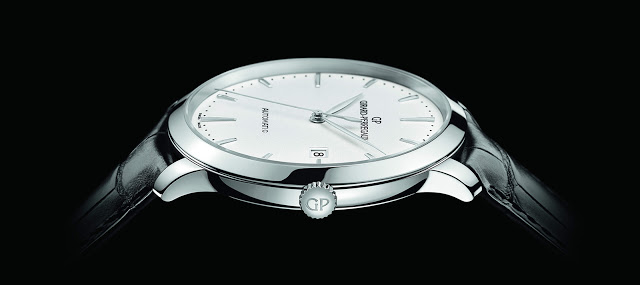
As CEO Antonio Calce outlined in a revealing interview that took place in September 2015, Girard-Perregaux is going to offer more entry-level timepieces, the first of which is the newly introduced 1966 automatic in stainless steel. Starting at US$7500, the 1966 in steel is the most affordable wristwatch Girard-Perregaux offers.
Best known for its signature Tourbillon with Three Gold Bridges, Girard-Perregaux is a long-established movement manufacturer so despite being entry-level, the new 1966 still features the same in-house movement that’s found in its pricier, precious metal cousins.
First introduced in the 1980s, the automatic calibre 3300 is Girard-Perregaux’s most widely used automatic movement, being both slim and reliable.
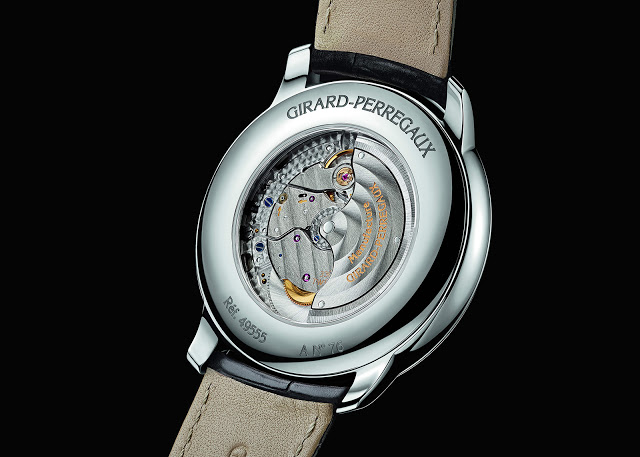
The 1966 in steel has a 40mm steel case that’s a slim 8.9mm high. Typical of the 1966 line, the dial is functional and restrained, with leaf-shaped hands and baton indices.
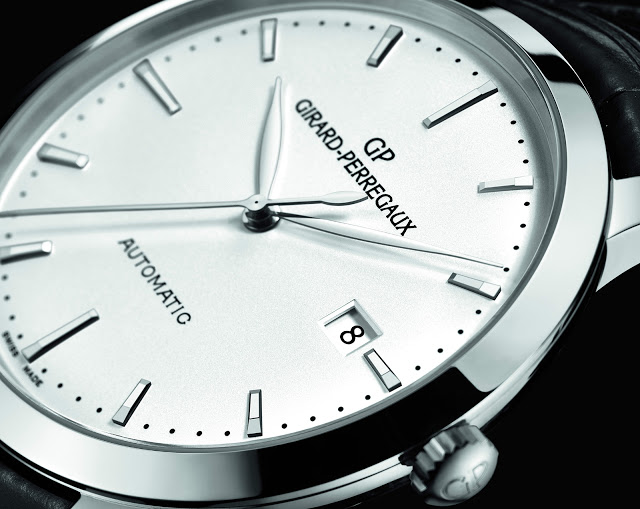
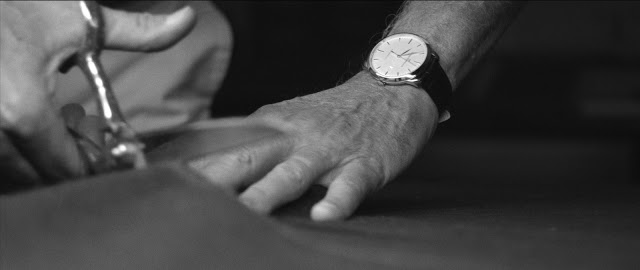
The new 1966 will be the first of several models in steel, who hinted in our interview that it will be eventually joined by other models featuring “moon phase, annual calendar [and] with diamonds for the ladies”.
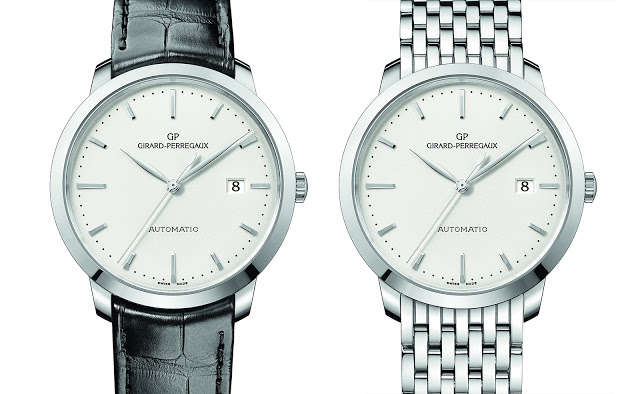
The new 1966 in steel is priced at US$7500 or S$11,200 for the version on a leather strap, while the model with a steel bracelet costs US$8200 or S$12,200.
Back to top.

